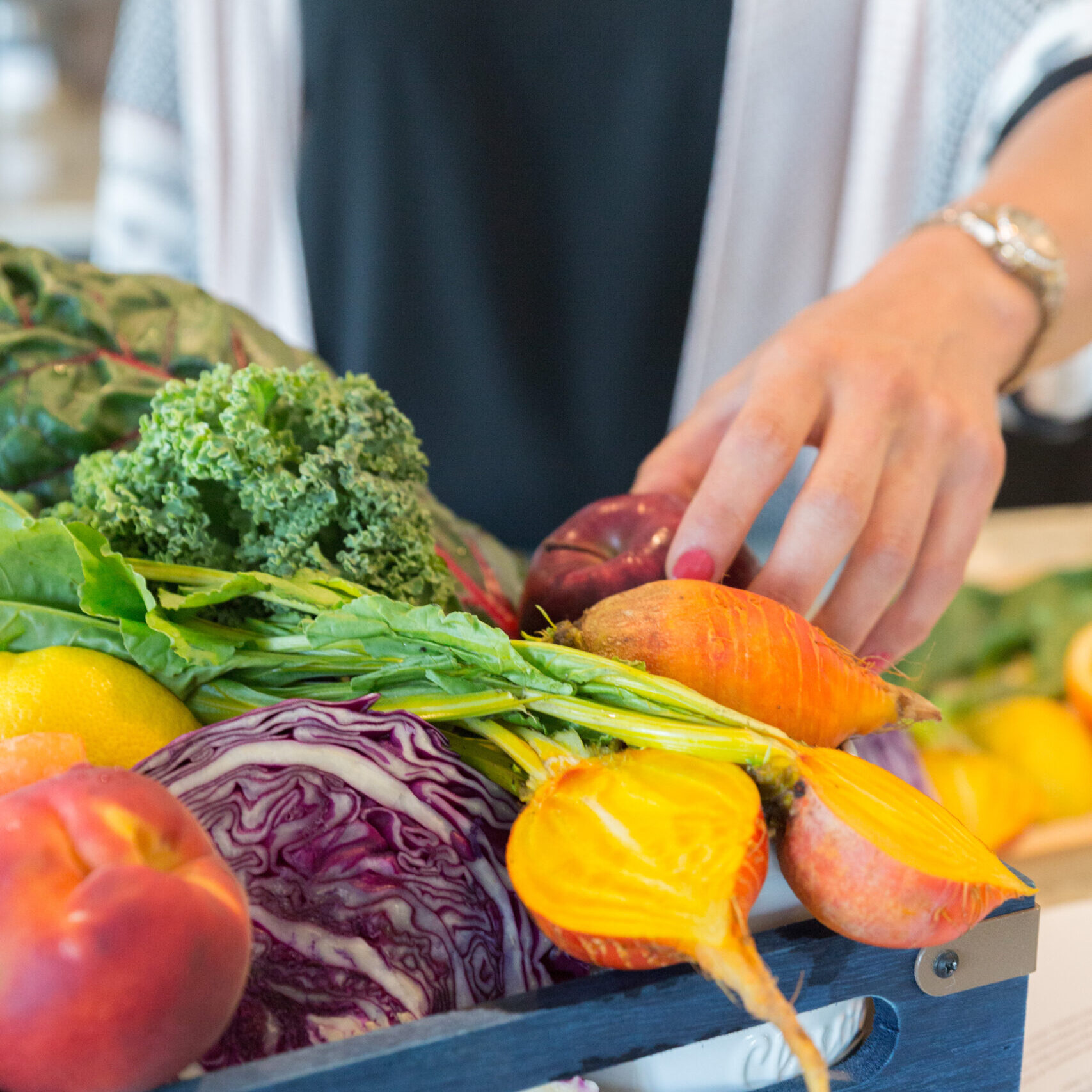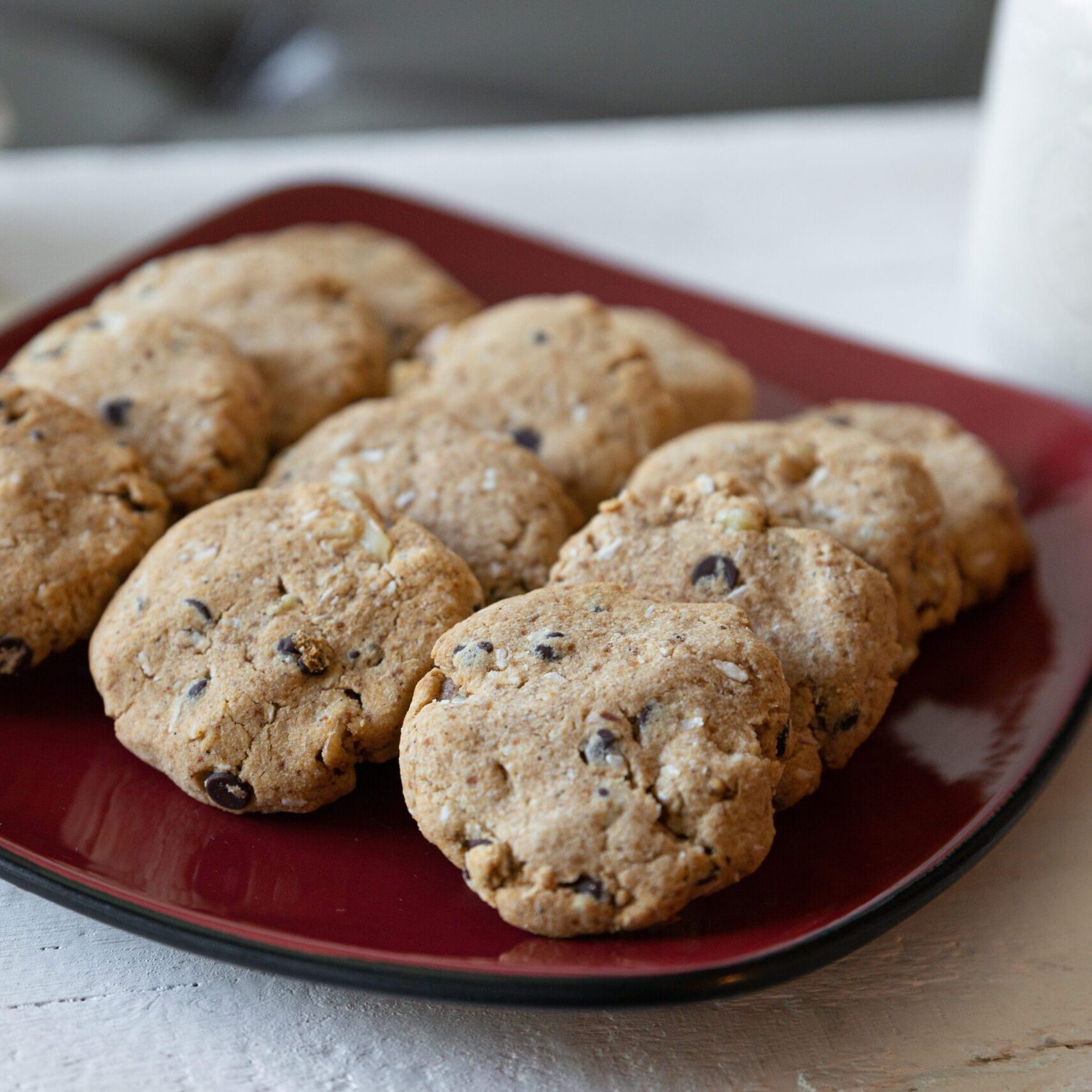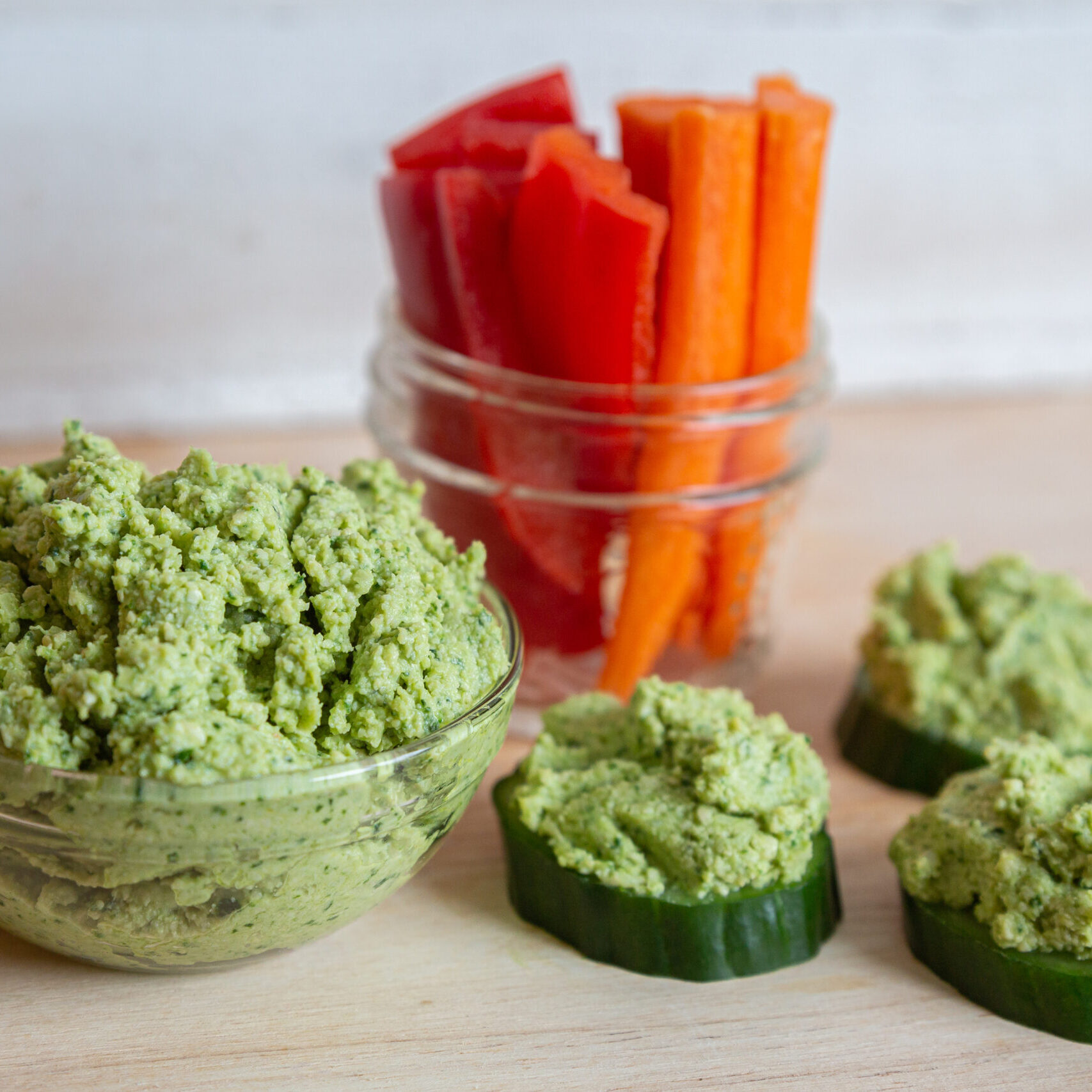Welcome To My Culinary & Holistic Lifestyle Blog!
In Pursuit of Optimal Digestive Health
The Fundamentals of THRIVING Gut Health - a Holistic Perspective!

The GUT!
The core of our body’s functioning.
Our gut not only helps us digest our food, absorb nutrients and flush out waste, it produces/regulates many hormones and influences our mental health, too!
In order to keep this powerhouse of a system functioning strongly for years ahead, there are fundamentals we need in our ‘toolbelt’ that support our gut from a holistic, well-rounded perspective.
Before we dive into that, let’s make some connections!
Here are some examples of exposures, nutritional habits and lifestyle factors that bring about imbalances and damage to the gut microbiome over time (1):
- High-volume processed foods and sugar
- Medications (e.g. antibiotics, oral contraception, Non-Steroid Anti-Inflammatory Drugs/NSAIDS, Proton-Pump Inhibitors/PPIs)
- Sleep deprivation (dampens immunity; the majority of the Immune System is housed within the gut)
- Chronic stress/worry (given the ‘Gut-Brain Connection’)
- Alcohol/smoking/drug use
- Chemicals (e.g. GMOs, pesticides/herbicides, chemical food ingredients, toxins in conventional house cleaning/personal care products/the workplace)
- Individual food sensitivities/intolerances (e.g. gluten, refined dairy, corn, shellfish, tree nuts)
What do I mean by imbalances and damage?
I'm referring to a shift in the healthy balance of bacteria in the intestinal tract - equilibrium between the beneficial (probiotic) and poor bacteria has been lost.
This is a state of Dysbiosis - a detectable change in the composition of the gut microbiota (gut bacteria) and overall diversity of strains - chronic disequilibrium (2).
More specifically? Too much poor bacteria, too little good bacteria, or particular strains that are too high/too low. Specific types of Dysbiosis in the gut include Small Intestinal Bacterial Overgrowth (SIBO) and Candidiasis (yeast overgrowth) (3).
This poor bacterial balance in your gut microbiome can manifest in various symptoms, including persistent gas/bloating, irregular bowel movements, acid reflux, fatigue, food sensitivities/allergies, joint pain, brain fog, skin issues, vaginal/rectal itching and mental health challenges (4).
Dysbiosis and persistent symptoms (including any already-known-about conditions in the picture), are indicative of specific, underlying imbalances going on, including (5):
- Low stomach acid
- Low pancreatic digestive enzymes
- Liver congestion/poor bile flow
- Nutrient deficiencies (e.g. Iron, B12, Folate, Vitamin D)
- Gastrointestinal tract motility issues (expansion/contraction of the muscles and movement of matter as a result)
- Gut infection (bacterial, viral, parasitic) or bacterial/yeast overgrowth
- Leaky Gut (Intestinal Permeability)
- Malabsorption issues
There are always ‘Next Steps’ we can take to redirect the trajectory of the path our gut health is taking.
Here’s an introductory look at the key pillars of our health and some beginning supports to consider!
DIET
- Consume ½ your body weight in oz. of filtered water daily
- Helps flush out toxins
- In combination with diverse sources of fiber, helps support regular bowel movements
- Build consistency with a whole food-based, anti-inflammatory diet structured around the 3 macronutrients:
Protein
- Ethically-sourced, lean animal proteins
- Dense, plant-based sources of protein (e.g. organic tofu)
- Fiber sources that contain some protein (e.g. legumes, quinoa)
Anti-Inflammatory Fats & Oils
- Organic, cold-pressed/expeller-pressed/unrefined sourcing is ideal
- E.g. avocado oil, coconut oil, extra-virgin olive oil, chia/flax/hemp/walnut oils, rendered animal fats, egg yolks, etc.
Carbohydrate Fiber
- Diverse, colourful sources of plants
- Gradually strive towards enjoying approx. 30 different sources of fiber weekly (based on what your gut tolerates at this time)!
With fiber, more specifically, seek out sources of (6):
Soluble Fiber
- Attracts water into the intestinal tract, turning it into a gel-like substance
- Slows down digestion and nutrient absorption in the stomach and small intestine, keeping you more satiated, for longer
- Feeds the good (probiotic) bacteria in the intestinal tract
- Helps to bulk up/soften stools for elimination - easier-to-pass poops!
- E.g. walnuts, chia/flax/sunflower seeds, apple, avocado, berries, broccoli, carrot and sweet potato
Insoluble Fiber
- Remains intact/undigested as it passes through the digestive tract
- Helps move food through the stomach and intestines
- Cleanses the colon of debris
- Helps bulk up stools for elimination - keeps you ‘regular’!
- E.g. almonds, walnuts, sunflower seeds, root vegetables and their skins (e.g. carrot, sweet potato, zucchini), celery, broccoli, onion, dark/leafy greens, berries, apples/pears (skin on) and cucumber
Prebiotic-Rich Fiber Sources (7)
- Feed the good gut bugs in your microbiome!
- E.g. apple, asparagus, banana, chicory root, dandelion greens, garlic, Jerusalem artichoke, leek, onion
Probiotic-Rich Fiber Sources (8)
- Raw, unpasteurized ferments (pre-digested by the probiotic bacteria they contain)
- Bring beneficial bacteria into the gut to perform countless functions
- E.g. raw sauerkraut/kimchi, organic miso, organic tempeh, organic coconut milk kefir, organic/low-sugar kombucha
STRESS MANAGEMENT
A more calm Nervous System is your new best friend! Minimizing stressors on the body and effectively navigating our stressors is crucial. It starts with how we respond to stress.
Consider where you can personally establish (or reinforce) clear personal boundaries in your life, be organized/prepared with strong time management skills and schedule in stress-reduction activities, just like you would any other responsibility or appointment in your life.
FUNCTIONAL MOVEMENT
Regularly move your body with low-moderate intensity activities (e.g. biking, walking, swimming, pilates, strength/resistance training, yin yoga).
With movement, the bowels are stimulated to support digestion. Exercise also stimulates those feel-good ‘endorphins’ that amplify our mood!
QUALITY SLEEP
Prioritize minimum 8 hours of sleep to avoid sleep deprivation and the dampened immune resilience that then follows, as a result.
Start establishing or fine-tuning your ‘Sleep Hygiene’ (sleep routine). Do the 60-90 min prior to your bedtime involve Nervous System-stimulating activities, or calming activities?
SOCIAL-EMOTIONAL-MENTAL HEALTH
Seek out regular moments of social connection with those you care about and love, counterbalancing those opportunities with sufficient time alone to recharge.
Start building/expanding your network of like-minded individuals who share your vision and intention for your life! Where are these people found?
All pillars of our health require awareness, attention and support in small, key ways that are repeated. Consistency and momentum come about with such repetition.
These days, ‘gut issues’ of countless types are all too common. While they can be quite complex, supporting the body does not need to become overly-complicated.
Repair and rebalancing of our body starts with awareness toward what we are/are not tolerating right now. We have strong intuition when it comes to our own body!
Next-level, deeper layers of support are what targeted plans/therapeutic protocols (developed and supported by a qualified practitioner) will do for you.
If you’re unsure as to how to get started supporting yourself, or are unsure as to the next step to take with your gut health journey, there’s always someone who can help! ;)
Is it time for us to connect?
SOURCES
- Rimes, J. et. al. (2018). Canadian School of Natural Nutrition: Guide To Nutritional Symptomatology. CSNN Publishing.
- Hooks, K. & O’Malley, M. (2017). Dysbiosis and Its Discontents. American Society for Microbiology, mBio 8:e01492- 17. https://doi.org/10.1128/mBio.01492-17.
- Rimes, J. et. al. (2018). Canadian School of Natural Nutrition: Guide To Nutritional Symptomatology. CSNN Publishing.
- Rimes, J. et. al. (2018). Canadian School of Natural Nutrition: Guide To Nutritional Symptomatology. CSNN Publishing.
- Rimes, J. et. al. (2018). Canadian School of Natural Nutrition: Guide To Nutritional Symptomatology. CSNN Publishing.
- Balch, Phyllis A. (2003). Prescription for Dietary Wellness, 2nd ed. New York, NY: Avery (A Penguin Random House Company).
- Haas, E.M. & Levi, B. (2006). Staying Healthy with Nutrition: The Complete Guide to Diet and Nutritional Medicine, 21st century ed. New York, NY: Random House, Inc.
- Haas, E.M. & Levi, B. (2006). Staying Healthy with Nutrition: The Complete Guide to Diet and Nutritional Medicine, 21st century ed. New York, NY: Random House, Inc.
Know Your Practitioner

I'm Jessica Pecush...
Culinary Nutrition Expert, Certified Holistic Nutritional Consultant™ & AIP Certified Coach®
FOLLOW ME ON SOCIAL MEDIA
Subscribe To My Mailing List! Receive My Foundational Resource 'First Steps for Autoimmune Gut Disorder Pain Relief'!






